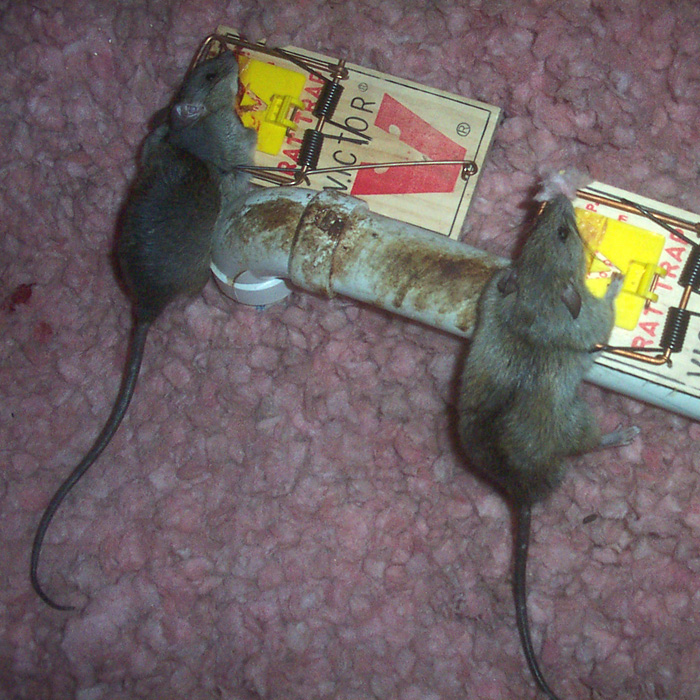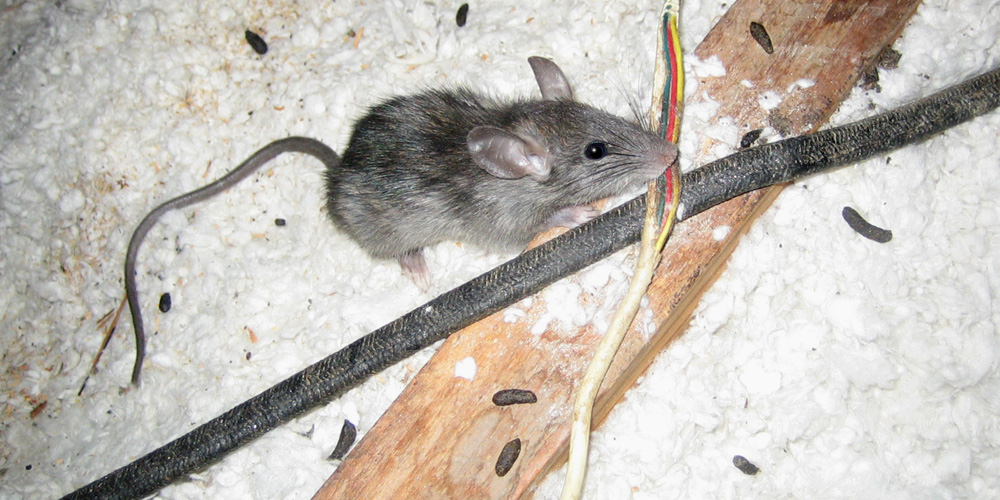- USA Wildlife Removal Education Guide and Resources
Rat In the Attic

How To Remove Rats In The Attic - There are few species as adaptable and as able to thrive around people as the rat, and whether it is in the sewers or the gutters at ground level or climbing up above domestic properties, rats can survive in almost any suburban surrounding. When these little pests find their way into the attic, they can cause all kinds of problems if they are left unattended, but the scratching noise coming from the roof will often be a tip off to the householder that the rat is present. The most important thing of all when carrying out work to deal with pest animals is to remain safe, but it is possible to do this and to deal with the rat problem.
Identifying The Problem Animal
Because there are many different types of animals that can find their way into the attic, including mice, squirrels, opossums and raccoons, and ensuring that rats are causing the problem can help you wasting time on ineffective solutions. Make sure you wear a breathing mask and goggles when investigating the attic, but the key feature you will be looking for will be brown stains on walls, wooden supports and other surfaces in the attic. These stains are caused by the grease that is found in the fur of rats, and isn't present on other animals. You can also look at the feces, and the small oval brown pellets can help you to verify that rats are causing the problem.
Using Traps To Catch The Rats
When it comes to dealing with the rat problem, the only real solution is to use traps to catch the animals, and then work to seal the attic so that more rats don't find their way into the attic again. There are a number of different traps that you can use, but most people will tend to use the traditional snap traps mounted on a small piece of wood with a spring loaded mechanism. Look for areas of high traffic in the attic as locations for the trap, such as areas with pronounced grease stains and plenty of feces, and bait the trap with an appropriate food to make sure that the rats are drawn in to the trap.
Can You Use Poison To Deal With Rats In An Attic?
Of course, it is possible to leave rat poison in the attic and hope that this will do the work for you, but not only is using poison a lazy way of trying to deal with the issue, but it is also one that can lead to more work in the long term. As the rat doesn't die directly next to the location where the poison was placed, you will often need to spend time looking for the carcass, and if you don't find it, the smell will often have drawn other pest animals before you can sense it with the weaker human sense of smell. This is a method that really should be avoided. Along with the problems it can cause, using poison can also cause issues in other animals that eat the carcass, and is also a cruel and painful way to die for the animal.
Different Types Of Rat Traps
The most common type of rat trap in use is the snap trap, which is simple and has been used through the years, simply snapping shut and breaking the back of the rat, killing it quickly and efficiently. The glue trap is another type of trap that is also available, but this is a painful death for the rat and is not a humane way to deal with the problem, as it simply sticks the rat in place, and waits for it to die. You can also purchase electric and gas traps that kill the rats humanely once it has been attracted into the trap, and these are reusable, but are quite expensive.
Many people wonder about using cage traps to catch rats, but the reality is that this is not really a good option, as rats can't really be relocated, as they very rarely survive in a new habitat. This method also increases the risk of contracting diseases from the rats.
Repairing Any Rat Damage
Once you have removed the rats, it is very important that you inspect the attic very closely, and search for any hole that the rats could have been using to get in and out. Looking for the rat grease can give you an indication, but with rats able to squeeze through small holes, it is vital you get them all and seal them. If you have any contaminated insulation, it is best to replace that, while you should also look for any gnawed wires or cables, and replace any that have been compromised. The final step is to spray a disinfectant throughout the attic to kill off any remaining bacteria or spores left by the rats.

Go back to the main Rat Removal page for more information about dangers and signs of rat in the attic.

